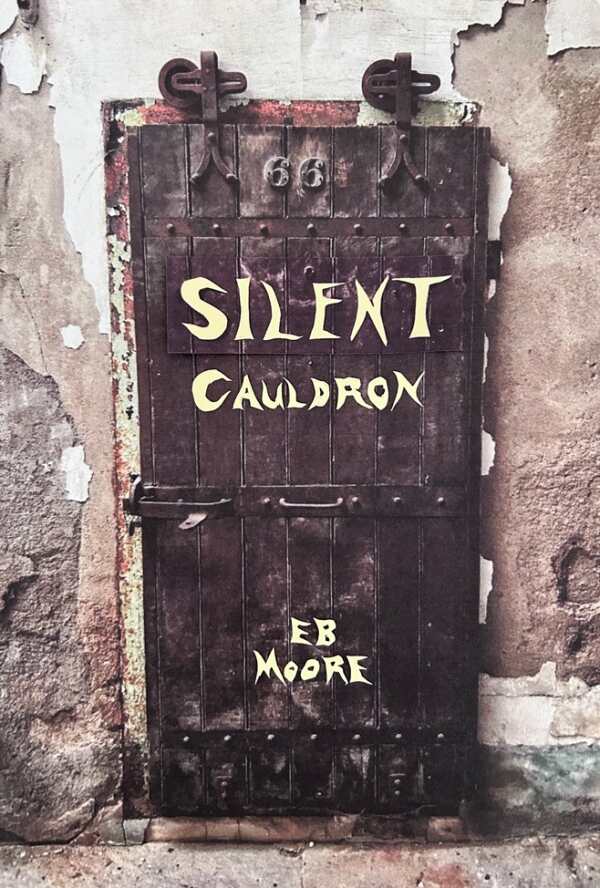Silent Cauldron
Nineteenth-century gender restrictions are portrayed with focused eloquence in the startling historical novel Silent Cauldron.
In E. B. Moore’s disquieting historical novel Silent Cauldron, a Quaker girl disguises herself as a boy to work as a horse trainer.
In the 1830s, Sam is raised in a Pennsylvania Quaker community. Dissatisfied with the domestic roles women are expected to assume, she hopes to become a writer or a professor like her father. Her older brother, Paul, is employed by the prominent Chesterton family, caring for the estate’s horses. Sam covets his job and tries to persuade her parents to let her work for the Chestertons too. Though her mother is opposed to the idea, Sam soon begins dressing as a stable boy to help Paul.
While working with her brother, Sam meets the Chesterton’s daughter, Anna, who is taking etiquette lessons to prepare for a suitable marriage. Anna discovers that tall, lanky Sam is a girl, and the two become close friends. Barth, the spoiled son of slaveholders, disrupts the general harmony of the Chesterton estate. Attracted to Sam in disguise, Barth makes furtive sexual overtures; he also tries to rape Anna. Sam’s defiance of manipulative, violent Barth leads her to be charged with attempted murder and sentenced to jail.
Engrossing flashbacks reveal Sam’s backstory and alternate with the present horror of her imprisonment. Sent to Philadelphia’s foreboding Eastern State Penitentiary, Sam encounters a new, experimental prison structure built around Quaker-based ideals of contemplative reform. But the system has been infiltrated by abusive guards, and its isolation of prisoners beneath watchful “eye of God” windows causes psychological distress and alienation.
While Sam’s childhood, adolescence, and the events leading to her arrest are depicted with focused eloquence, her incarcerated experiences are narrated in a more disjointed and internalized manner. Distressing descriptions of prison life highlight Sam’s heightened struggles; the environment also reveals underlying religious ironies, as the misguided designs of Sam’s Quaker elders are overwhelmed by dehumanizing solitude and employee venality.
Sam’s continued sense of entrapment is conveyed beyond her prison term. As a nineteenth-century woman, she is unlikely to pursue a more liberated lifestyle unless she assumes a man’s identity. When the prison guards discover that she is a woman, she is again victimized and becomes subject to threats of rape. She also does not receive a fair trial due to her accuser’s wealth and social standing. And while these historical injustices are depicted with conviction, there is a note of discordance when Sam’s devout Quaker mother speaks out during her daughter’s trial: “For God-sake, she’s a girl,” she objects. Though this anguished revelation might have provided some leniency toward the harshness of Sam’s sentence or perhaps more protection against in-prison rape, Sam’s mother is only silenced for being “out of order,” with seemingly no further investigation of the matter. Still, the book reaches a tenuous yet realistic conclusion, offering flickers of humanity within an otherwise hellish punitive system.
A young woman struggles with confining gender expectations and endures horrific imprisonment in the penetrating historical novel Silent Cauldron.
Reviewed by
Meg Nola
Disclosure: This article is not an endorsement, but a review. The publisher of this book provided free copies of the book and paid a small fee to have their book reviewed by a professional reviewer. Foreword Reviews and Clarion Reviews make no guarantee that the publisher will receive a positive review. Foreword Magazine, Inc. is disclosing this in accordance with the Federal Trade Commission’s 16 CFR, Part 255.

